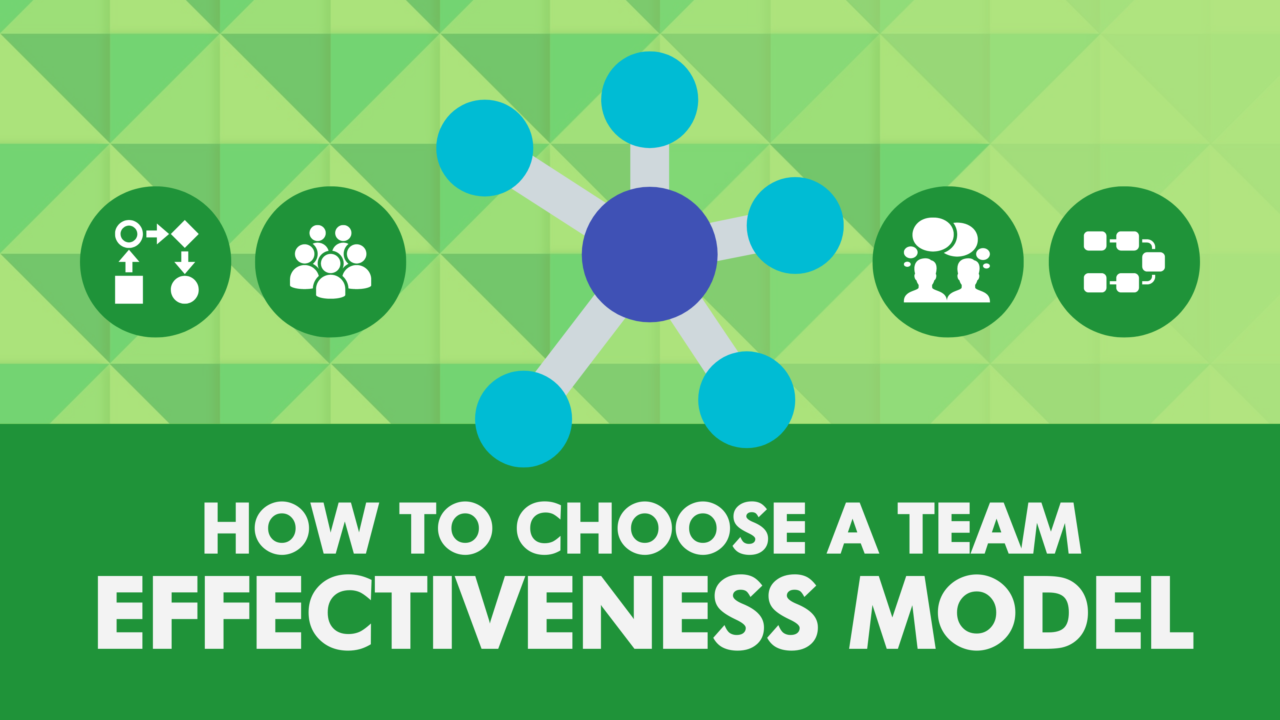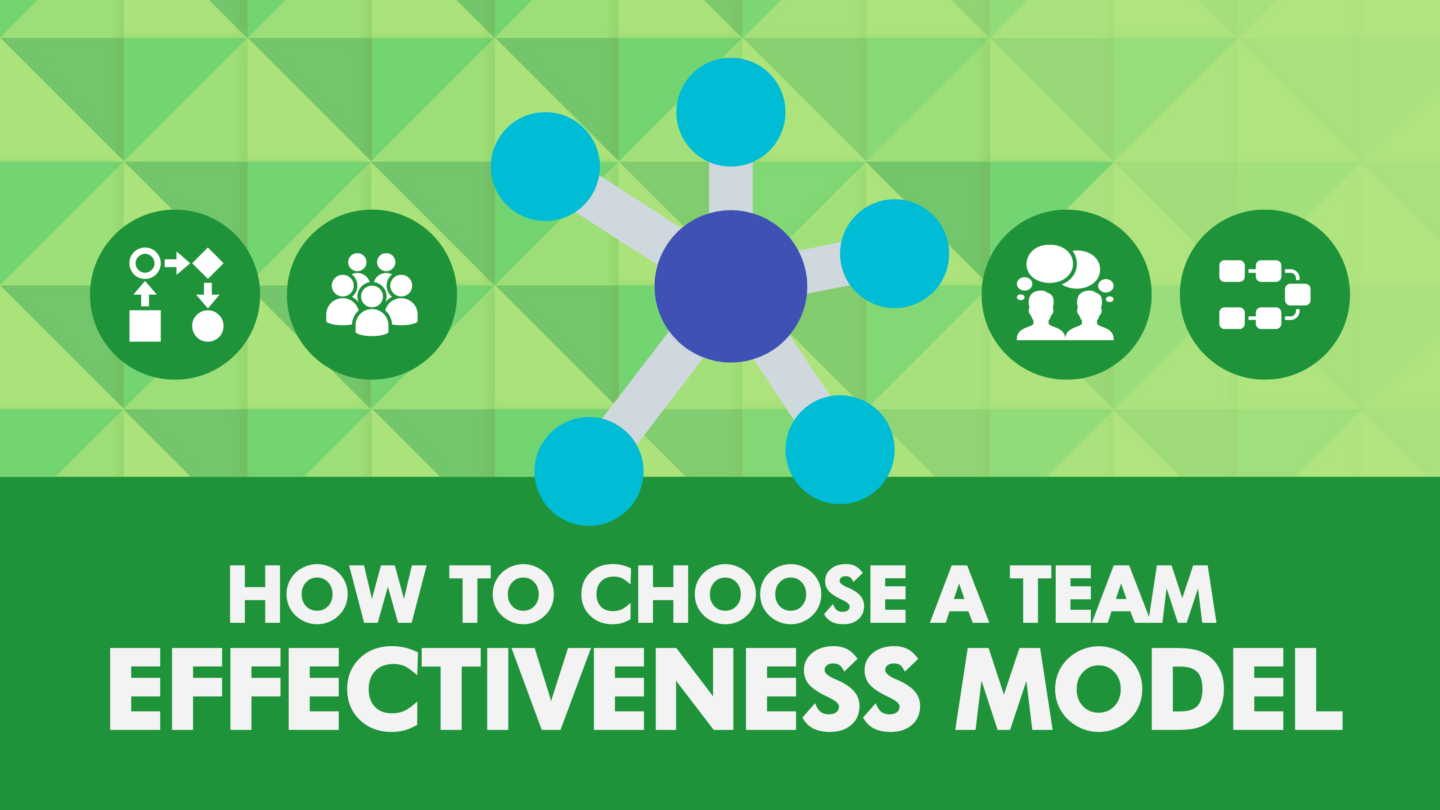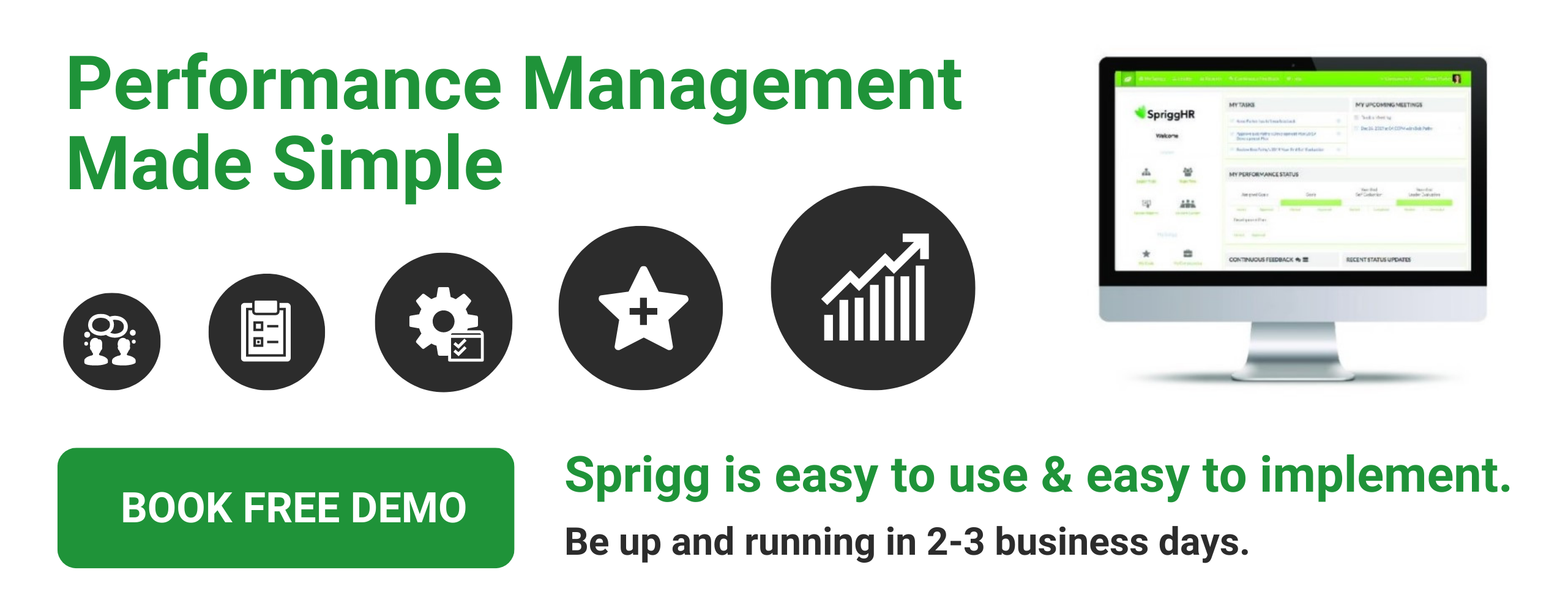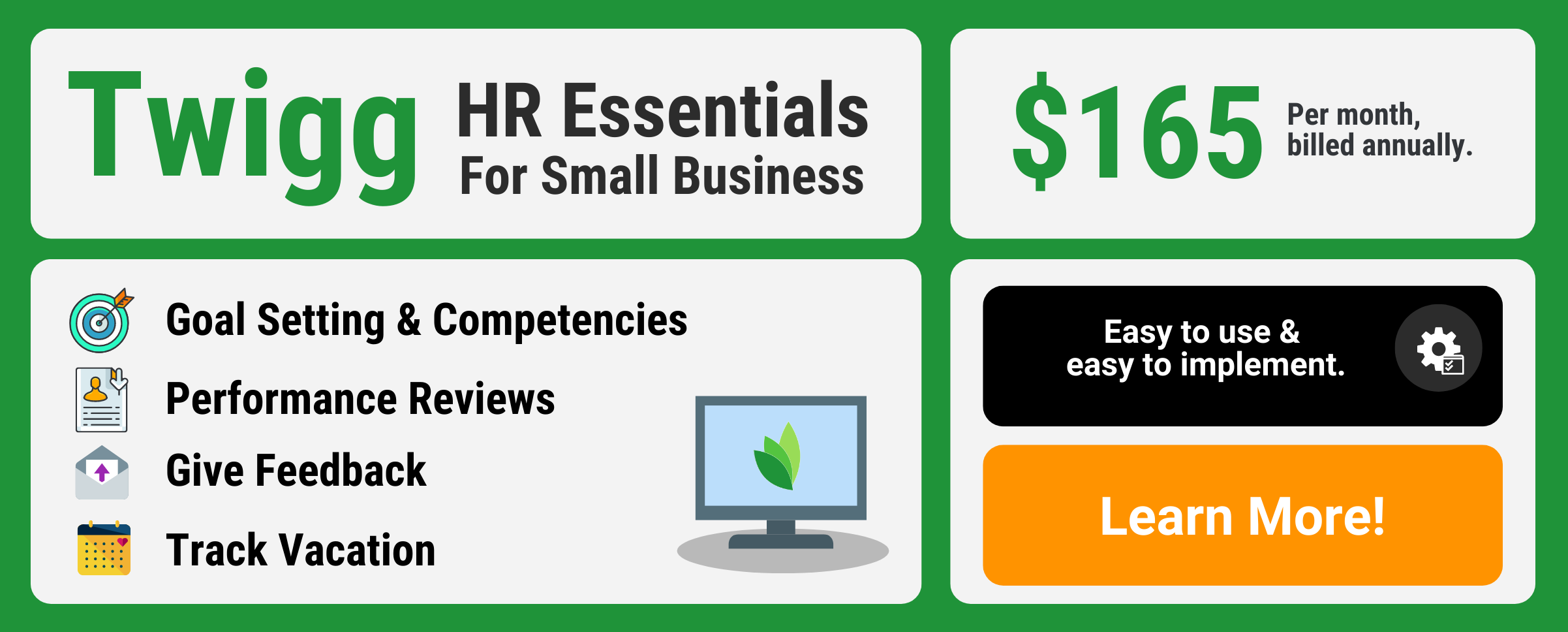
How to Choose a Team Effectiveness Model
One of the most important objectives an organization can have is to find ways to ensure that a team-based structure is a highly integrated practice. This includes the entire office, down to specialized teams working on specific projects. But how can managers find the most effective way for their teams to operate?
The answer is to use a Team Effectiveness model.
What is a Team Effectiveness model?
A team effectiveness model helps managers or team leaders recognize the strengths and opportunity areas of their team members, and therefore optimize their team for optimum performance levels. But, as there are many different types of companies, with many different goals, there are also multiple team effectiveness models. It is up to the leaders of the organization to choose which one is best for their team.
Let’s take a look at some of the most popular team effectiveness models.
The GRPI Model
This is one of the oldest and simplest team effectiveness models. GRPI translates to a team that has identified( and is actively pursuing its) Goals, Roles, Procedures and Interpersonal Relationships. Due to its simplicity, it is best used by new teams that are just starting out or teams that have lost sight of their goals and need to find their way back. It’s based on four components:
- Goals: These are the team’s objectives, desired results, priorities, and expectations
- Roles: Each team member’s responsibilities have been defined within the group
- Procedures: This includes the process for making decisions, as well as work, conflict resolution, and communication procedures
- Interpersonal relationships: Team members must connect with each other on a foundation of trust, good communication, and flexibility
Katzenback and Smith Model
This team effectiveness model, best suited for getting individuals to view objectives with a team-first mindset, suggests three potential outcomes the team should strive for: collective work products, performance results, and personal growth.
To achieve the outcomes, the model suggests three team effectiveness factors to work on:
- Commitment: If the group has common goals and a purpose to their work, they are much more likely to commit to it
- Skills: Team members need to have a broad spectrum of skills to problem solve, accomplish tasks, drive projects and build strong interdependent relationships with fellow team members
- Accountability: Members need to have accountability not only to the rest of the group, but individual accountability as well
LaFasto and Larson Model
This team effectiveness model is based on the idea that, while individuals can be very skilled and have plenty of talent, the most difficult problems are solved by teams. Therefore, if the individual can’t work as part of a team, it doesn’t matter how much skill they have. Therefore, this model is best suited for people wishing to learn about the dynamics of teamwork and collaboration. It outlines five in particular:
- Team member: Identify their skills in order to pick the right person
- Team relationships: The right people help build healthy working relationships
- Team problem solving: Good working relationships make it possible to solve difficult problems together
- Team leadership: The right leadership will enhance a team’s success
- Organization environment: The right company culture promotes commitment
T7 Model
The T7 Model of Team Effectiveness outlines five internal factors, and two external ones (all beginning with a ‘T’), that will make a team work effectively. This model helps with understanding the elements that affect team effectiveness, and how they work together.
Internal:
- Thrust – where you’re aiming; a common goal or objective
- Trust – trust in your teammates to support you
- Talent – the individual skills required to complete the task
- Teamwork skills – the ability to work as part of a team
- Task skills – Ability to complete tasks
External:
- Team leader fit – A leader who works well with the team and one members will follow
- Team support from the organization – An organization that enables the team by providing adequate resources and support
Hackman Model of Team Effectiveness
The Hackman Model of Team Effectiveness focuses on five conditions that increase the probability of team effectiveness. It’s most suited to leaders who are looking for a model that will help them structure and guide their teams to be self-sustaining.
- Solid team structure: membership is clearly defined, consistent, and each member interacts freely with the others
- Compelling direction: The team has clear goals that are challenging enough and offer an enticing payoff / reward to motivate and engage the team
- Enabling structure: The structure of the team should enable teamwork, not impede it
- Supportive context: The team is supported by the organization and receives sufficient resources etc.
- Expert coaching: The team should have access to a coach or mentor to help with problems they may encounter
Lencioni Model
The last team effectiveness model we’ll look at is different than the others, in that instead of outlining factors a team should have, the Lencioni Model looks at aspects of teamwork you want to avoid. This model is intended to help inform of what could cause a team’s demise, and how to face those issues.
- Absence of trust: if team members can’t trust each other, it will diminish the team’s effectiveness
- Fear of conflict: Pretending to agree with something for the sake of harmony can actually be detrimental, as discussion and debate are both necessary when brainstorming
- Lack of commitment: If team members aren’t committed, they won’t be as productive and won’t contribute as much
- Avoidance of accountability: If team members aren’t holding each other accountable progress can grind to a halt
- Inattention to results: If team members aren’t prioritizing the team’s goals, ways to improve may be overlooked.
Potential Weaknesses
It is possible that goals can be poorly defined or there is a lack of understanding of one’s roles and responsibilities. It could be that procedures are not followed or that a toxic team member has been allowed to continue. All to say that while the above model elements are ideal, it is prudent that ownership, leadership, and accountability prevails regardless of which model is adopted.
Team Effectiveness Models Drive Results
Team effectiveness models are very important for an organization because they help team leaders identify specific elements that may be lacking in their team (or, in the case of Lencioni, are too prevalent) so they can focus on improving it. All of the team effectiveness models listed here are best-suited for specific results, so team leaders must analyze their teams and decide which model would work best for them.






